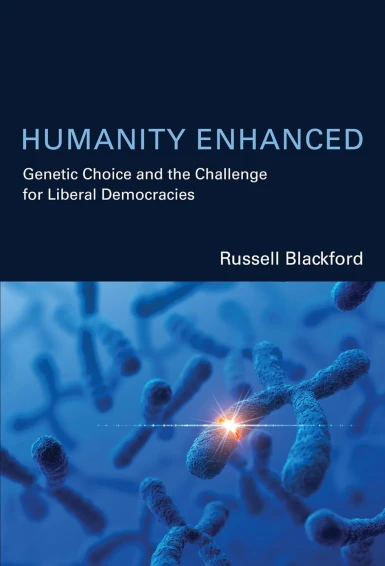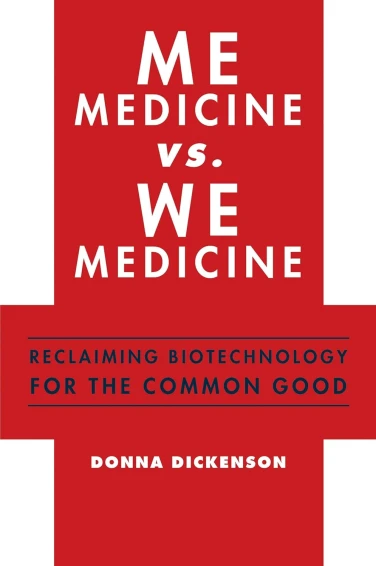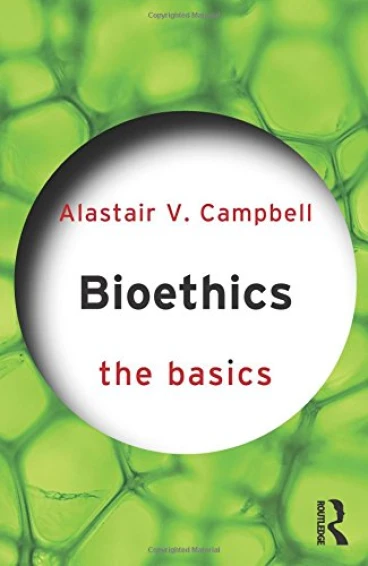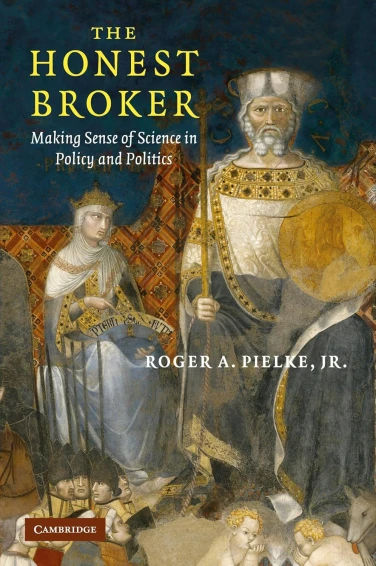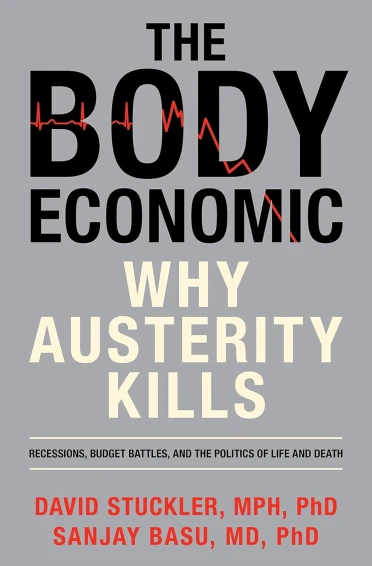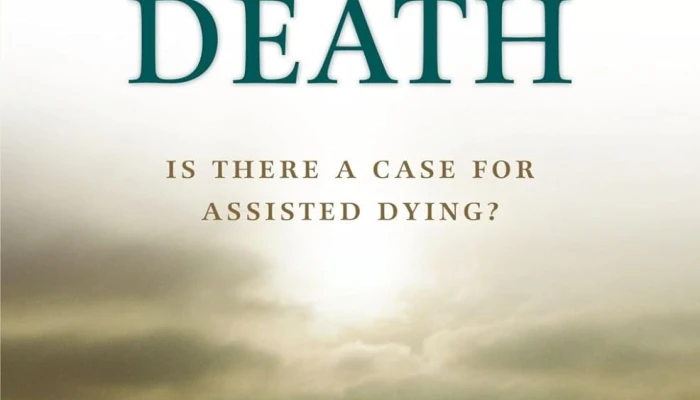
Publisher: Oxford University Press
ISBN 9780199561841
RRP: £7.99
Many of the choices faced by those who are terminally-ill, and the families of the terminally ill, are very difficult. The difficulty and frequency of these decisions increase as medicine advances. It is now possible to keep people alive for prolonged periods when previously they would have died, but it is often unclear whether we are acting in the best interests of those who are suffering by extending their lives. These issues have aroused public debate concerning whether or not assisted suicide and euthanasia should be legalised.
Mary Warnock, the moral philosopher, and Elisabeth Macdonald, a cancer specialist and expert on medical law, have written Easeful Death in order to take a look at the philosophical and legal issues surrounding assisted suicide and euthanasia. Both of these authors have a great deal of experience in these issues and this comes across very clearly in their writing. The book is full of examples and does not shy away from difficult issues. This book will be of particular interest to British readers as the book often refers to the British legal system, and to debates that have taken place in the British Parliament.
The first two chapters frame the debate by discussing the different terms and practices that exist and the moral principles that are often used to discuss this issue. The authors carefully and helpfully describe the differences between assisted suicide and euthanasia, and also take a look at examples where it has been legalised and what safeguards have been put in place. The moral issues are presented as a debate between those who wish to uphold sanctity of life against those who wish to maintain personal autonomy; and those who are concerned for the common good against those who are concerned for individual freedom. The aim of this book can be summed as follows: “And so the question posed by this book is this: can we devise a law that allows us to relieve the suffering of those who want to die, without endangering others who do not want to?”
The following three chapters look at difficult classes of cases that would have to be considered if assisted suicide were to be legalised. These classes of people are those who are mentally ill, those who are unable to decide for themselves and incompetent adults. These cases pose great difficulties for anyone seeking to legalise assisted suicide, so it is commendable that the authors devote so much time to discussing them. In the discussion about the mentally ill the authors consider those who have asked to die while suffering from mental illness, those who ask to be helped to die should they become severely mentally ill, and the killing of those who are severely mentally ill, but are not suffering physically. The conclusion that the authors come to concerning this is that mental illness is not yet properly understood, and so although the case can be made that assisted suicide should be permitted in some of these cases the lack of understanding makes it very difficult to form a viable law to negotiate this territory. In the case of neonates and incompetent adults the authors advocate giving greater authority to relatives and medical professionals to decide when to stop treatment, or to although the person to die. In the case of severe dementia the authors claim that the current law does not permit a dignified death, only a “slow and horrible death”. They claim that this is an issue that will need to be faced by society as the number who suffer from dementia continues to increase.
The next two chapters consider two arguments against Warnock and Macdonald’s position: human life is sacred and euthanasia is a slippery slope. These two chapters are the most disappointing in the book. They discuss these objections and give numerous examples of when they have been used, but the authors fail to say much that will convince those who do not already agree with them. In these chapters the authors seem to raise concerns about these objections rather than argue against them. For example, when discussing the sanctity of life they say that “It is difficult to answer the question of whether religious belief should have any particular influence over legislation,” but they do not seem to come to a conclusion on the matter. Regarding slippery slope arguments they point out that very little evidence exists in the countries where assisted suicide is legal to suggest that legalisation will have undesired consequences, but they do emphasise the need for a robust set of laws to ensure that we do not inadvertently discriminate against minority groups.
The authors now move on to, in the next two chapters, look at the medical profession and assisted suicide. They consider the different views that exist among doctors and nurses, and the different methods of killing, and what the difference is between killing and letting die. Warnock and Macdonald point out that there is generally more opposition to assisted suicide among medical practitioners than the population overall. Medical practitioners often complain that killing goes against the very foundation of their profession or that permitting killing would erode the relationship of trust between patient and doctor. The authors argue that these objections do not stand up to reason since the medical profession has long been involved in permitting deaths that could be avoided, and in withholding treatment in cases where the patient cannot expect a good quality of life. The author’s argue that there is no real difference between allowing someone to die and killing them. They also claim that much of the opposition is a product of training, and that the younger generation have been taught to respect the autonomy of the patient. This, they believe, will lead to a sea change of opinion on the subject of assisted suicide in the medical profession.
The final chapter in the book looks ahead to the future of this debate. The authors argue that there are certain trends that will alter this debate. One is that life expectancies are increasing. This will tend to pull in two directions. The first is that it may lead to the belief that it is possible to evade death indefinitely, so that some will want to preserve life at all costs. The other effect that increased life expectancies will have is that it will lead to an increase in the number of people who find themselves with very little quality of life, either due to disease or to a reduced capacity to interact with the world around them. This will force society to think about assisted suicide where previously it could be ignored. The authors also point out that the declining belief in an immortal soul will also destigmatise the idea of euthanasia.
This book is very clear, and entertaining. The authors use many examples and shed much light on the confusing and difficult aspects of this debate. However, the book should probably be regarded as an opinionated introduction. The authors’ describe their position well, but they often fail to make convincing argument for it, which may irritate those who disagree, but it is certainly a helpful and welcome insight to one position in the debate.




